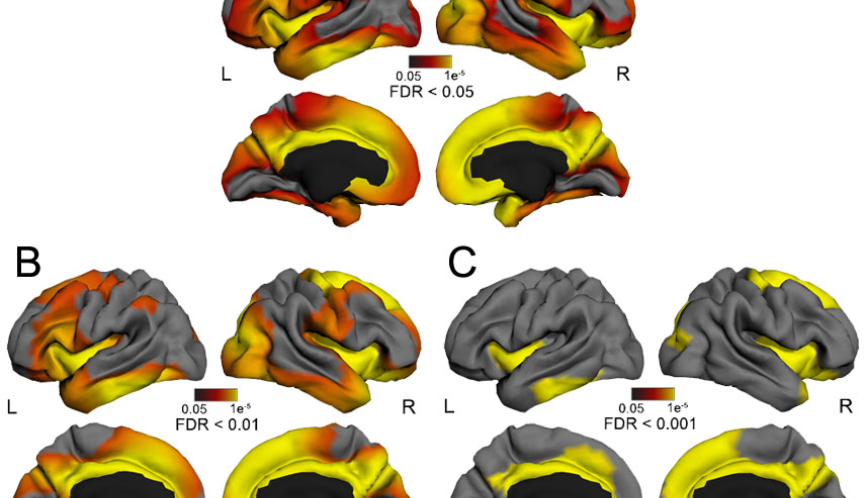HCEO member Kimberly Noble and her co-authors have published a new study, out in Nature Neuroscience this week. In "Family income, parental education and brain structure in children and adolescents," the authors establish that socioeconomic differences are associated with differences in brain development. Specifically, the researchers took MRI images of 1099 subjects differing in both family income and parental education. Their results show that income is logarithmically associated with brain surface area, where large differences in surface areas were found even with modest increases in income, though these differences tapered off at higher income levels. Parental education, on the other hand, was found to be linearly associated with surface area. The authors found that these differences were most prominent in areas of the brain that are strongly associated with language, reading, executive functions and spatial skills.
HCEO member Ian Deary notes that these results might also be affected by unknown genetic factors that could influence brain size and also correlate with income. However, HCEO member Martha Farah "says that the study is 'a real advance in characterizing how brain development differs' between children of lower and higher socioeconomic status, calling it a 'crucial first step' in understanding how income and education levels 'shape human development." AAAS Blog)
Read the full article at Nature Neuroscience, listen to Kim Noble at the BBC (from 20:20 – 22:55), and read related articles at the AAAS Blog, NBC News and The Independent.



